Pathway to Introductory Statistics 1st Edition Lehmann – Test Bank
Exam Name___________________________________
MULTIPLE CHOICE. Choose the one alternative that best completes the statement or answers the question.
Express the indicated degree of likelihood as a probability value.
1) “You have a 50-50 chance of choosing the correct answer.”
1)
2)
3)
4)
5)
6)
A) 0.50 B) 50
2) “There is a 40% chance of rain tomorrow.” A) 0.40 B) 4
C) 0.9
C) 0.60
D) 0.25
D) 40
D) 1
D) 1
D) 0.67
D) 0.5
3) “You cannot determine the exact decimal-number value of π.” A) 0 B) 0.5 C) 3.14
4) “Your mother could not have died two years before you were born.”
A) 0.5 B) 0
5) “It will definitely turn dark tonight.” A) 0.30 B) 1
6) “You have one chance in ten of winning the race.” A) 0.10 B) 0.90
C) 0.25
C) 0.5
C) 1
SHORT ANSWER. Write the word or phrase that best completes each statement or answers the question.
Solve the problem.
7) (a) Simulate the experiment of sampling 100 four-child families to estimate the probability 7) that a four-child family has three girls. Assume that the outcomes “have a girl” and “have a boy” are equally likely.
(b) Simulate the experiment of sampling 1000 four-child families to estimate the probability that a four-child family has three girls. Assume that the outcomes “have a girl” and “have a boy” are equally likely.
The classical probability that a four-child family has three girls is 14 .
Compare the results of (a) and (b) to the probability that would be obtained using the classical method.
Which answer was closer to the probability that would be obtained using the classical method? Is this what you would expect?
1
8) (a) Use a graphing calculator or statistical software to simulate drawing a card from a standard8) deck 100 times (with replacement of the card after each draw). Use an integer distribution with numbers 1 through 4 and use the results of the simulation to estimate the probability of getting a spade when a card is drawn from a standard deck.
(b) Simulate drawing a card from a standard deck 400 times (with replacement of the card after each draw). Estimate the probability of getting a spade when a card is drawn from a standard deck.
Compare the results of (a) and (b) to the probability that would be obtained using the classical method.
Which simulation resulted in the closest estimate to the probability that would be obtained using the classical method? Is this what you would expect?
MULTIPLE CHOICE. Choose the one alternative that best completes the statement or answers the question.
Find the indicated probability.
9) A sample space consists of 197 separate events that are equally likely. What is the probability of 9) each?
A)197 B) 1 C)0 D)1 197
- 10) On a multiple choice test, each question has 7 possible answers. If you make a random guess on the 10) first question, what is the probability that you are correct?
A) 1 B) 0 C) 17 D) 7
- 11) A die with 12 sides is rolled. What is the probability of rolling a number less than 11? 11)
A) 11 B) 5 C) 1 D) 10 12 6 12
- 12) A bag contains 2 red marbles, 3 blue marbles, and 7 green marbles. If a marble is randomly selected 12) from the bag, what is the probability that it is blue?
A) 17 B) 14 C) 19 D) 13
- 13) Two 6-sided dice are rolled. What is the probability that the sum of the two numbers on the dice 13) will be 5?
A) 56 B) 89 C) 19 D) 4
- 14) If a person is randomly selected, find the probability that his or her birthday is in May. Ignore leap 14) years.
A) 1 B) 1 C) 1 D) 31 31 365 12 365
- 15) A class consists of 50 women and 21 men. If a student is randomly selected, what is the probability 15) that the student is a woman?
A)50 B)50 C)21 D) 1 21 71 71 71
2
Provide an appropriate response.
- 16) A question has five multiple-choice answers. Find the probability of guessing an incorrect answer. 16) A) 35 B) 45 C) 52 D) 15
- 17) A question has five multiple-choice questions. Find the probability of guessing the correct answer. 17) A) 45 B) 25 C) 54 D) 15
- 18) A single die is rolled twice. The set of 36 equally likely outcomes is {(1, 1), (1, 2), (1, 3), (1, 4), (1, 5), 18) (1, 6), (2, 1), (2, 2), (2, 3), (2, 4), (2, 5), (2, 6), (3, 1), (3, 2), (3, 3), (3, 4), (3, 5), (3, 6), (4, 1), (4, 2), (4, 3),
(4, 4), (4, 5), (4, 6), (5, 1), (5, 2), (5, 3), (5, 4), (5, 5), (5, 6), (6, 1), (6, 2), (6, 3), (6, 4), (6, 5), (6, 6)}. Find the probability of getting two numbers whose sum is greater than 9.A) 1 B) 1 C) 1 D) 6 4 12 6
- 19) A single die is rolled twice. The set of 36 equally likely outcomes is {(1, 1), (1, 2), (1, 3), (1, 4), (1, 5), 19) (1, 6), (2, 1), (2, 2), (2, 3), (2, 4), (2, 5), (2, 6), (3, 1), (3, 2), (3, 3), (3, 4), (3, 5), (3, 6), (4, 1), (4, 2), (4, 3),
(4, 4), (4, 5), (4, 6), (5, 1), (5, 2), (5, 3), (5, 4), (5, 5), (5, 6), (6, 1), (6, 2), (6, 3), (6, 4), (6, 5), (6, 6)}. Find the probability of getting two numbers whose sum is less than 13.A) 12 B) 0 C) 14 D) 1

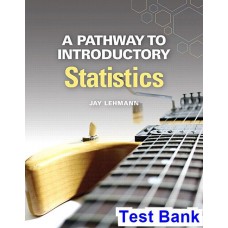
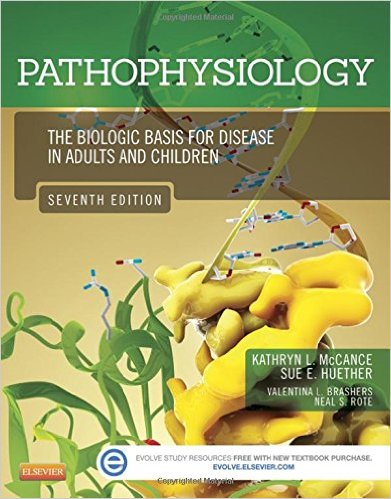








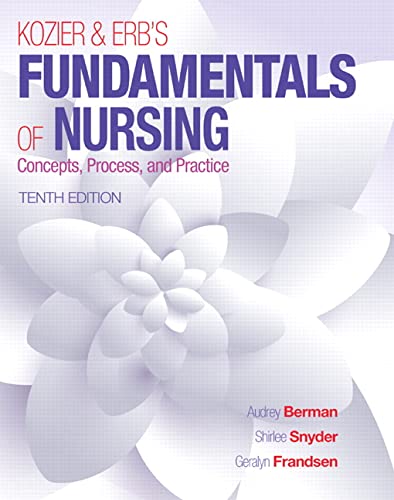
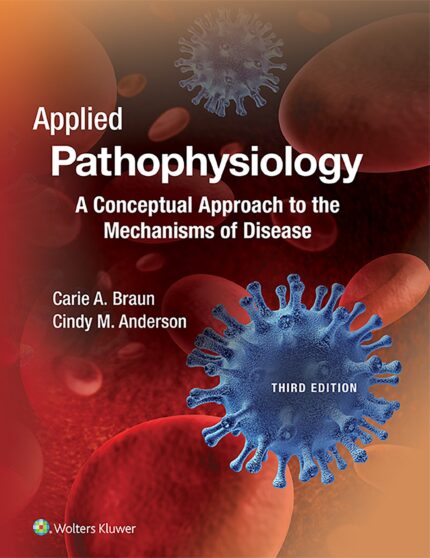
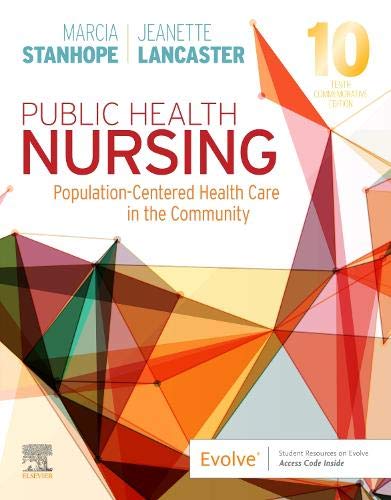
Reviews
There are no reviews yet.